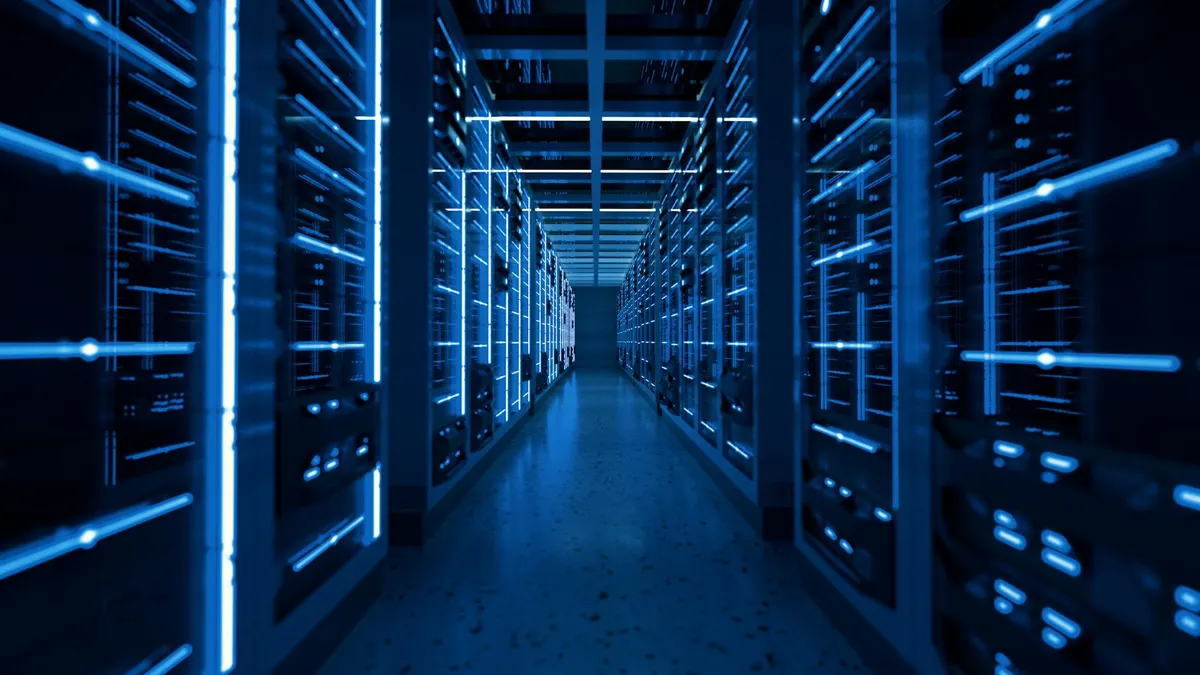Utilities increasingly view demand response (DR) as a flexible grid management tool rather than an emergency resource and are beginning to call on it more frequently, according to a Sept. 30 report focused on power sector load management programs.
The Smart Electric Power Alliance (SEPA) surveyed 190 utilities for this year's "Demand Response Utility Market Snapshot," and reported enrolled capacity rose to 20.8 GW in 2018, up from 18.3 GW of capacity surveyed the year before. The level of capacity is not an apples-to-apples comparison, say SEPA officials, because survey respondents change.
But this year's survey does show enrolled capacity being dispatched more frequently.
Dispatched capacity rose to 12.3 GW in 2018, or about 59.2% of all enrolled capacity — up from 10.7 GW dispatched in 2017 (58.4% of enrolled capacity). The figures reflect utilities' need for more flexible resources as their grids evolve, according to Medha Surampudy, SEPA senior research analyst and lead author of the report.
"Utilities are thinking about demand response as more than just the traditional definition," Surampudy told Utility Dive. "The data is telling us utilities are looking at expanding demand response programs and looking to other ways to engage with customers."
A shift from AC switch to thermostat programs
One of the most significant changes, according to Surampudy, is a burgeoning shift away from traditional alternating current (AC) switch programs, which allow utilities to remotely interrupt or cycle cooling compressors, and toward smart thermostat programs that allow more control.
"We found some of the bigger investor-owned utilities are probably a little more hesitant to move away from AC switch because there is more invested in them."

Medha Surampudy
Senior research analyst, SEPA
"While the AC switch has been a key component of utilities' DR suites, this year's data showed a decrease in the number of enrolled customer devices (down about 10.7%) from utilities that participated in both 2017 and 2018 surveys," according to SEPA's report.
The report found a number of utilities significantly decreased their AC switch programs last year, with some ending the program outright and others reducing capacity by half or more. Utilities said the switch programs "are not cost-effective," and do not provide the same visibility as more modern options. Customer participation in the programs has also been declining.

"Whether it's a conscious decision to end the program or decreasing participation, we talked to lots of utilities that are shifting away from AC switch to more thermostat programs," Surampudy said. But she added one caveat to SEPA's switch findings: larger utilities are shifting more slowly.
"We found some of the bigger investor-owned utilities are probably a little more hesitant to move away from AC switch because there is more invested in them," Surampudy said. "Some of the munis and co-ops are able to undertake these changes easier."
Thermostat programs provide utilities with more customer engagement and education, as well as expanded capabilities, and can be linked to a suite of demand response resources, she said.
Looking ahead, Surampudy expects to see the continued growth of grid-connected water heaters as a resource because of the opportunity they present utilities and their low penetration rates. "Some aren't necessarily limited to being called once a day," she said.
More C&I offerings give utilities options
The concept of offering customers an array of load management programs is growing, in particular on the commercial and industrial side of things. The C&I segment contributed over half of the total reported enrolled DR capacity in 2018, according to SEPA.
"Utilities are beginning to offer a suite of C&I program and technology options, thus increasing their ability to call on events more frequently and match customers to programs that meet their unique needs," the report found.
Almost a third of utilities reported to SEPA they are interested in using C&I demand response programs to "defer or replace generation capacity. And the programs are also being leveraged as non-wires alternatives, "for utilities seeking to defer traditional transmission and distribution upgrades."
Ultimately, utilities have come to view demand response as a grid management tool and there is significant growth potential. Brattle Group has estimated there will be 200 GW of economically-feasible load flexibility potential for demand response programs in the U.S. by 2030.
That amounts to about 20% of 2030 U.S. peak load levels, according to SEPA's report. "The benefits of this load flexibility could save the U.S. energy sector more than $15 billion per year by 2030," it concluded.
While it is difficult to do a year-over-year comparison of demand response resources, Surampudy said the trend is clear. "As demand response programs become more flexible you will see more opportunities to call [on them]," she said.





















